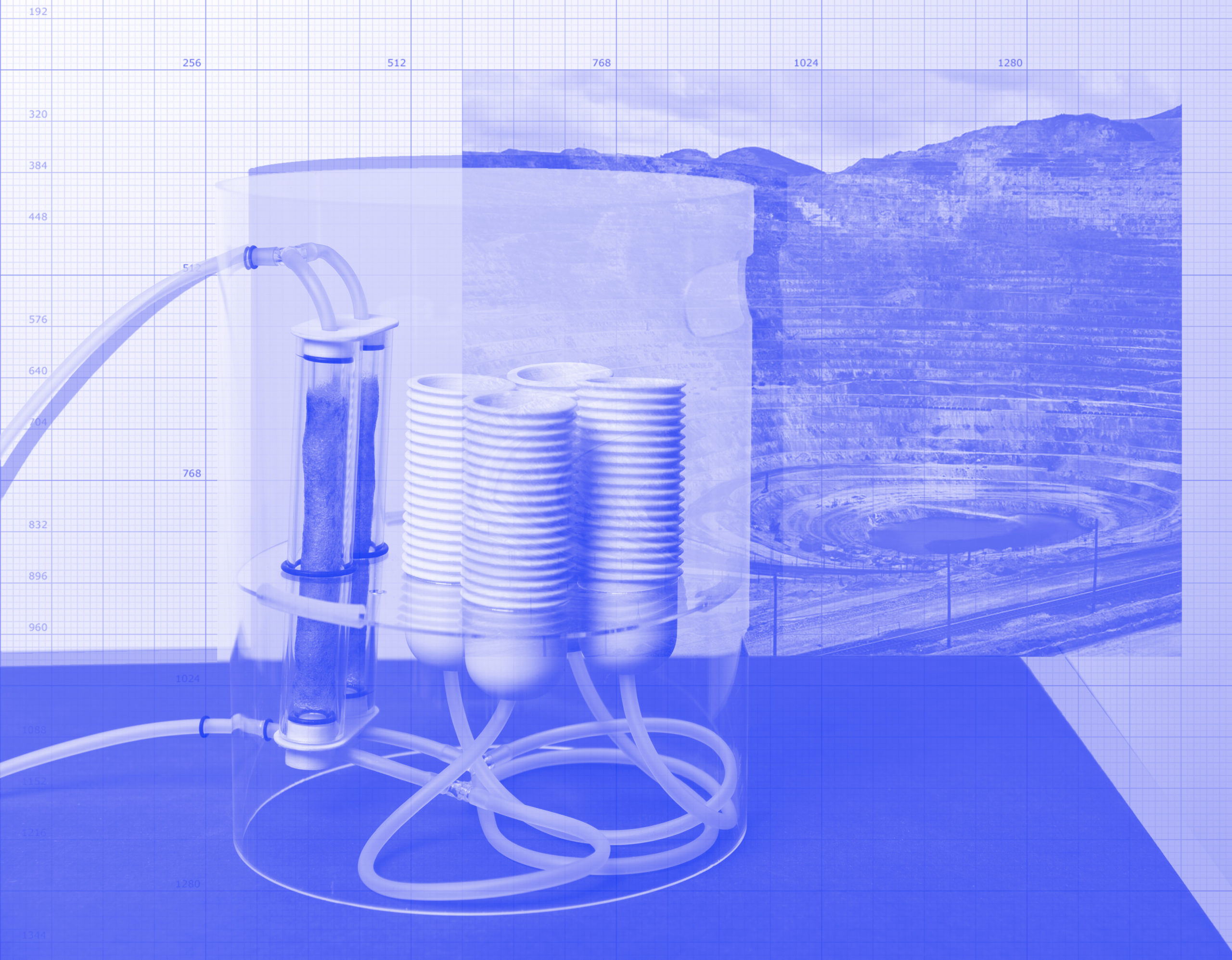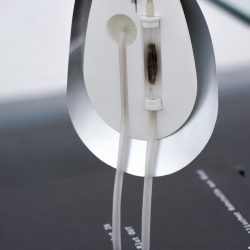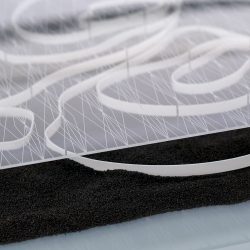The Great Smog – Diktion des Anthropozän
Description
"The Great Smog is a design-research-project in three parts. A collection of events depicts a man-made time. One essay poses the question of how various disciplines encounter the concept of the anthropocene. The observations result in a speculative scenario that exaggerates future mining of raw-materials into the technology of "animing".What is the Topic?
Based on the historical event of 5 December 1952, the title "The Great Smog" illustrates a nebulous time in which the boundaries between the "natural" and the "artificial" become blurred. As ecological problems condense, a concept is introduced into scientific and public discourse that unites change and ascribes it to anthropogenic influence: the anthropocene. Transformed material cycles are the central focus of the practical discourse. Natural raw materials are taken from the environment, made usable by humans and finally find their way back into the ecosystem in a completely different form. But which of nature's reactions will be provoked?
Why does it look like this?
Fictitious devices find form in real objects and remain a sketch of a thought experiment at the same time. The view into the future comments on the present: living protagonists are not depicted. Consequences are countered with technical progress. There is no causal research. The absurdity of dystopia contrasts with the collection of real events and serves as a means of communication. The formal language of the devices and equipment is a continuation of the objective, scientific mode of expression of the theoretical debate.
What is special?
The scenario focuses on the industrial mining of metallic raw materials at a time when conventional metal mines are exhausted. The technologies of Animinig can be used to extract metallic raw materials from animals. Three mining methods are used in mobile pasture facilities: Dialysis makes so-called "critical loads" accessible in animal blood. This accumulation of dissolved metals is broken down by filtration through a semi-permeable membrane. The dialysate enables individual fine tuning of the degradation products and yields. The shearing machine combines the cutting and burning process of enriched fur in one machine. Excess organic matter is immediately destroyed. The desired components can then be removed from the ash by acid treatment. The milking machine uses the dialyzer's mode of operation. Coupled to the teat cups, the milk containing raw materials is passed through two filters. Metallic components are selectively bound by diffusion. The double filter enables a maximum yield.
What is new?
The speculation is based on scientific facts ("Great Acceleration"), is explained by new biological discoveries (hyperaccumulation plants) and makes use of medical technologies (dialysis procedures). The work utilizes the mathematical method of event-algebra: the coincidence of events, with a view to possible outcomes. A random experiment whose results form a set of phenomena. In contrast to prognosis, no predictions are made about the course of future developments, but actual situations are added.






